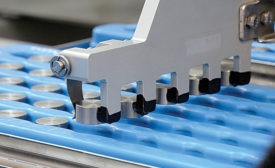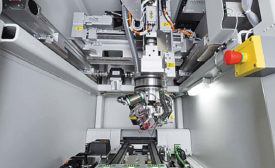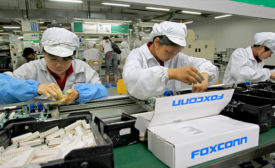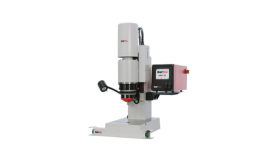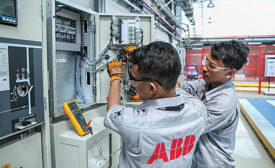Electronics Assembly
Conformal Coatings Protect Automotive Electronics
Conformal coatings protect and electrically insulate circuit board components from environmental stresses.
August 4, 2016
Orbital and Radial Forming for Delicate Assemblies
New technologies are enabling orbital and radial forming equipment to tackle sophisticated assembly applications.
August 4, 2016
Power Distribution Gets Smart
The ‘smart grid’ is transforming an age-old industry.
August 4, 2016
Never miss the latest news and trends driving the manufacturing industry
Stay in the know on the latest assembly trends.
JOIN TODAY!Copyright ©2024. All Rights Reserved BNP Media.
Design, CMS, Hosting & Web Development :: ePublishing
